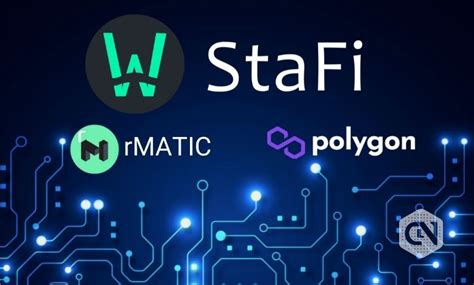Decentralized Digital Assets: A Guide to Cryptocurrencies, NFTs, BEP2, and ETC

A new class of decentralized digital currencies has emerged in the rapidly changing world of digital assets: blockchain-based cryptocurrencies and non-fungible tokens (NFTs). One of the most interesting examples is the Bechmark-Ethereum-Chain 2.0 (BEP2), as it uses a novel approach to creating and storing tokens. Here’s an in-depth look at this innovative asset class.
What are cryptocurrencies?
Cryptocurrencies, such as Bitcoin (BTC), Ethereum (ETH), and Litecoin (LTC), are decentralized digital currencies that use blockchain technology to enable secure and transparent transactions. They operate independently of central banks and governments, offering a new alternative for those seeking financial independence.
What are non-fungible tokens (NFTs)?
Non-fungible tokens (NFTs) are unique digital assets stored on a blockchain network. Unlike fungible tokens, which can be exchanged for identical alternatives, NFTs have specific characteristics that make them valuable and rare. This distinction allows NFT owners to prove ownership and authenticity of their digital creations.
BEP2: A New Approach to Token Creation
BEP2 stands for Bechmark-Ethereum-Chain 2.0, an open-source blockchain platform developed by a consortium of experts from various fields. The BEP2 protocol allows developers to create unique digital assets, including NFTs, without having to follow traditional token creation processes.
One of the key features of BEP2 is its ability to leverage a novel approach to token storage and management. Unlike traditional tokens that are stored on centralized exchanges or wallets, BEP2’s decentralized architecture ensures that all transactions are recorded on a public ledger called the Beacon Chain.
Ethereum Classic (ETC): A Decentralized Blockchain
Ethereum Classic (ETC) is a fork of the Ethereum blockchain that was created by Vitalik Buterin in 2016. ETC operates independently of its predecessor and was designed to provide developers with a more efficient and scalable alternative.
One of the significant advantages of ETC is its ability to leverage proof-of-stake consensus mechanisms, which are more energy efficient than traditional proof-of-work methods. This makes it an attractive option for entities seeking digital assets with lower energy consumption.
NFTs on BEP2: A Growing Market
With the launch of BEP2 in 2021, a new NFT market has emerged. Software developers and artists can now create unique digital assets without having to use centralized marketplaces or traditional token creation processes.
Using BEP2’s decentralized architecture has enabled the development of a thriving ecosystem around NFT tokens. The platform has become popular due to its ability to provide developers with a more efficient and scalable alternative to creating and managing digital assets.
Conclusion
Cryptocurrencies, NFTs, BEP2, and Ethereum Classic (ETC) are examples of innovative technologies that offer unique opportunities for those seeking financial independence. As this space continues to evolve, it is likely that these assets will play an increasingly important role in shaping the future of digital economies.
Whether you are a seasoned investor or a beginner in cryptocurrency, understanding the basics and benefits of BEP2 and ETC can help you make informed decisions about your investments.

